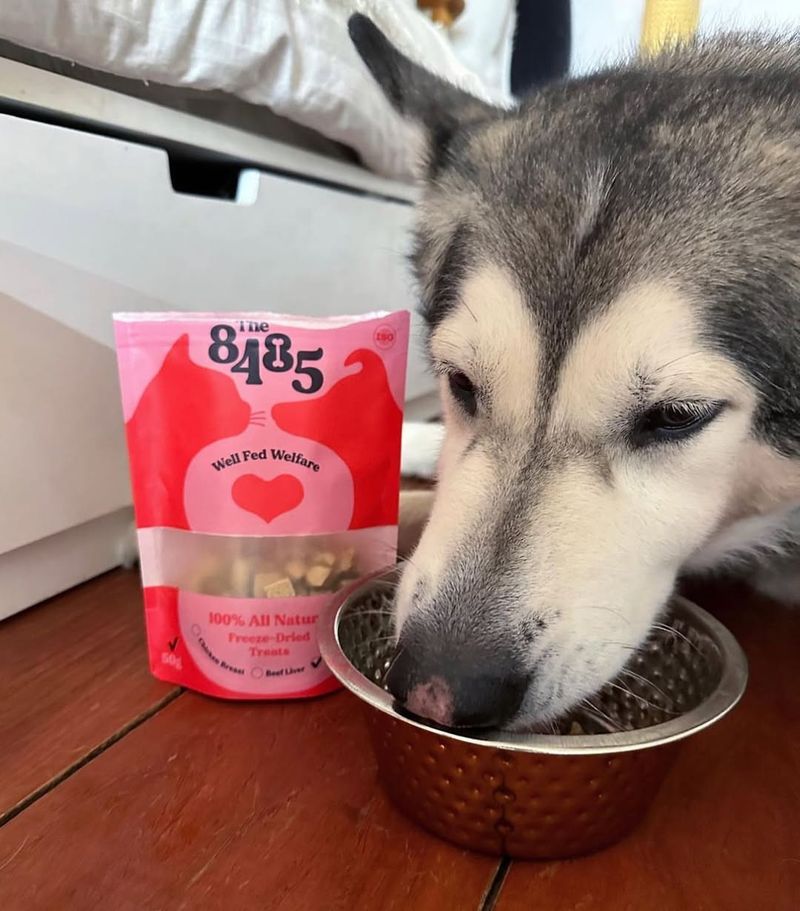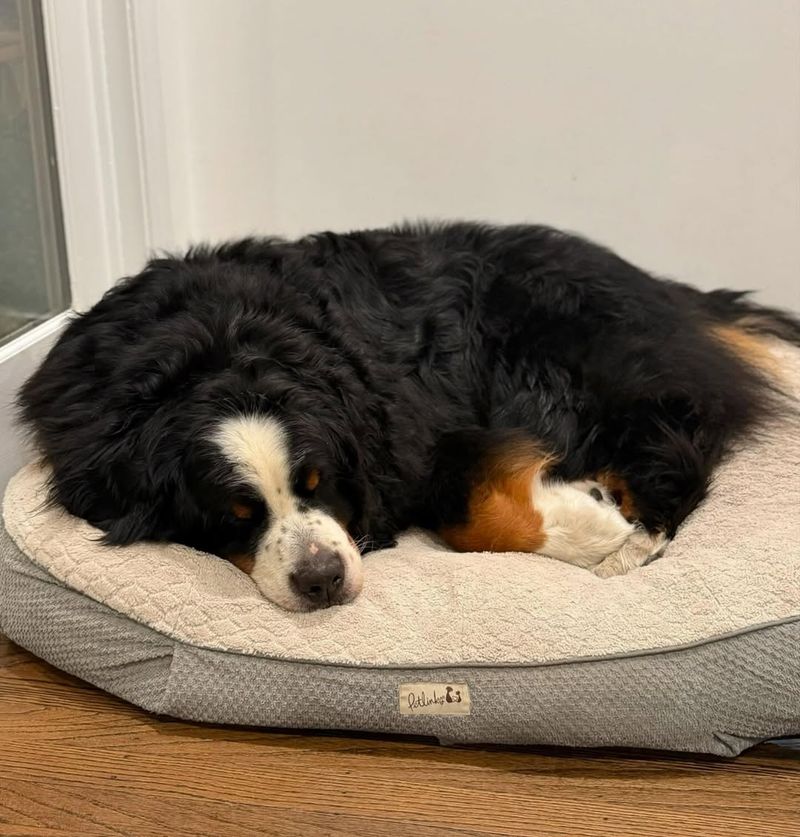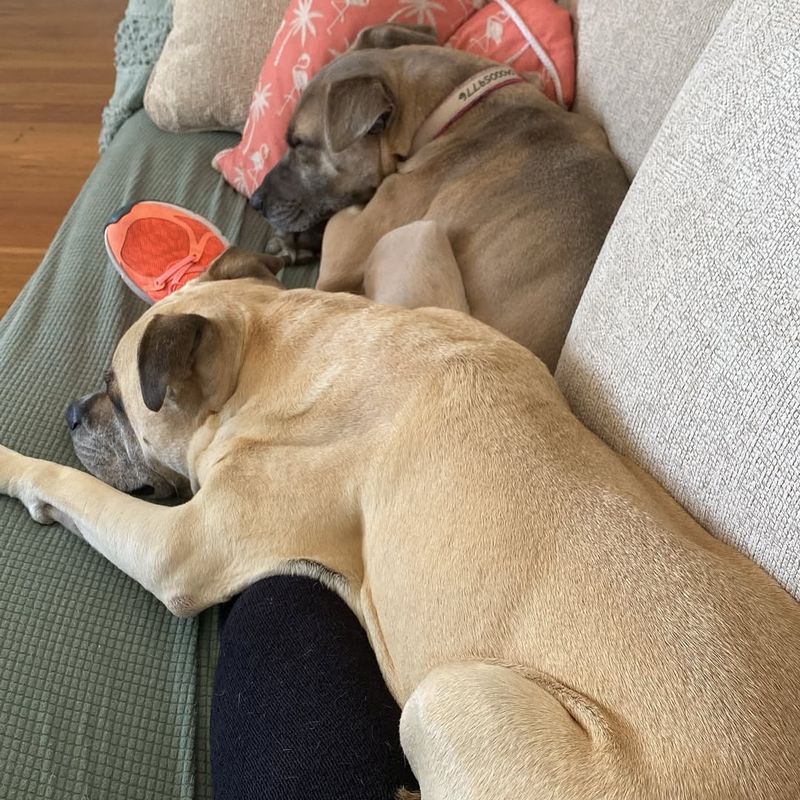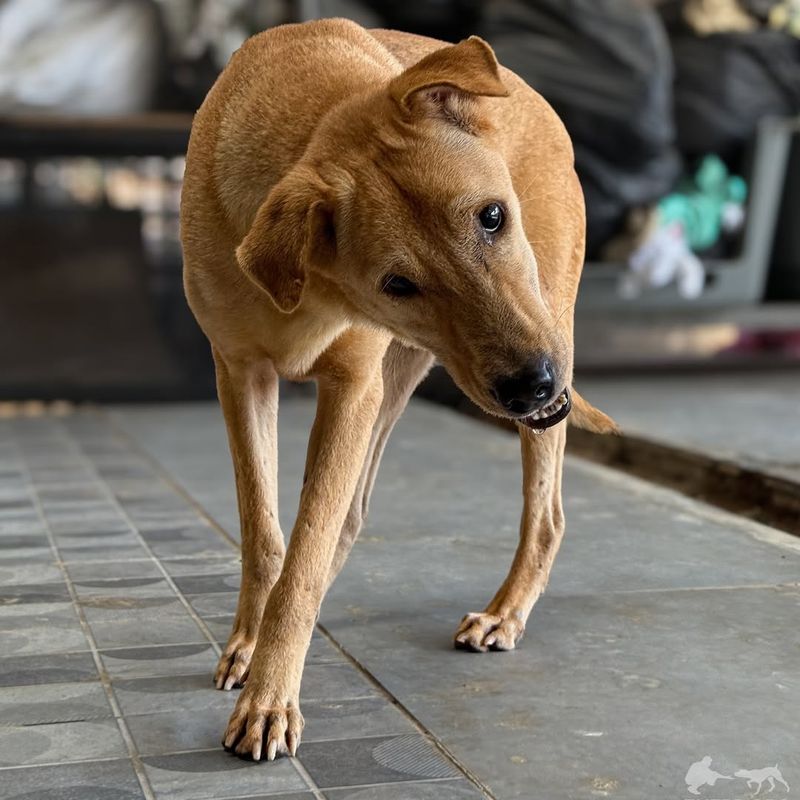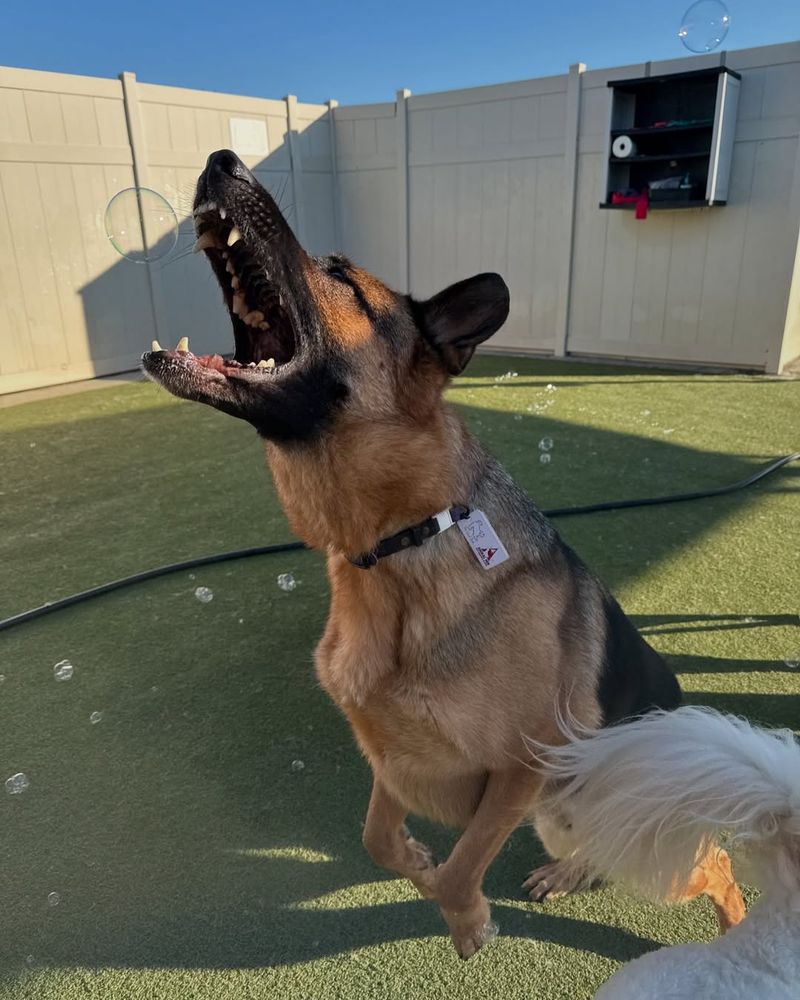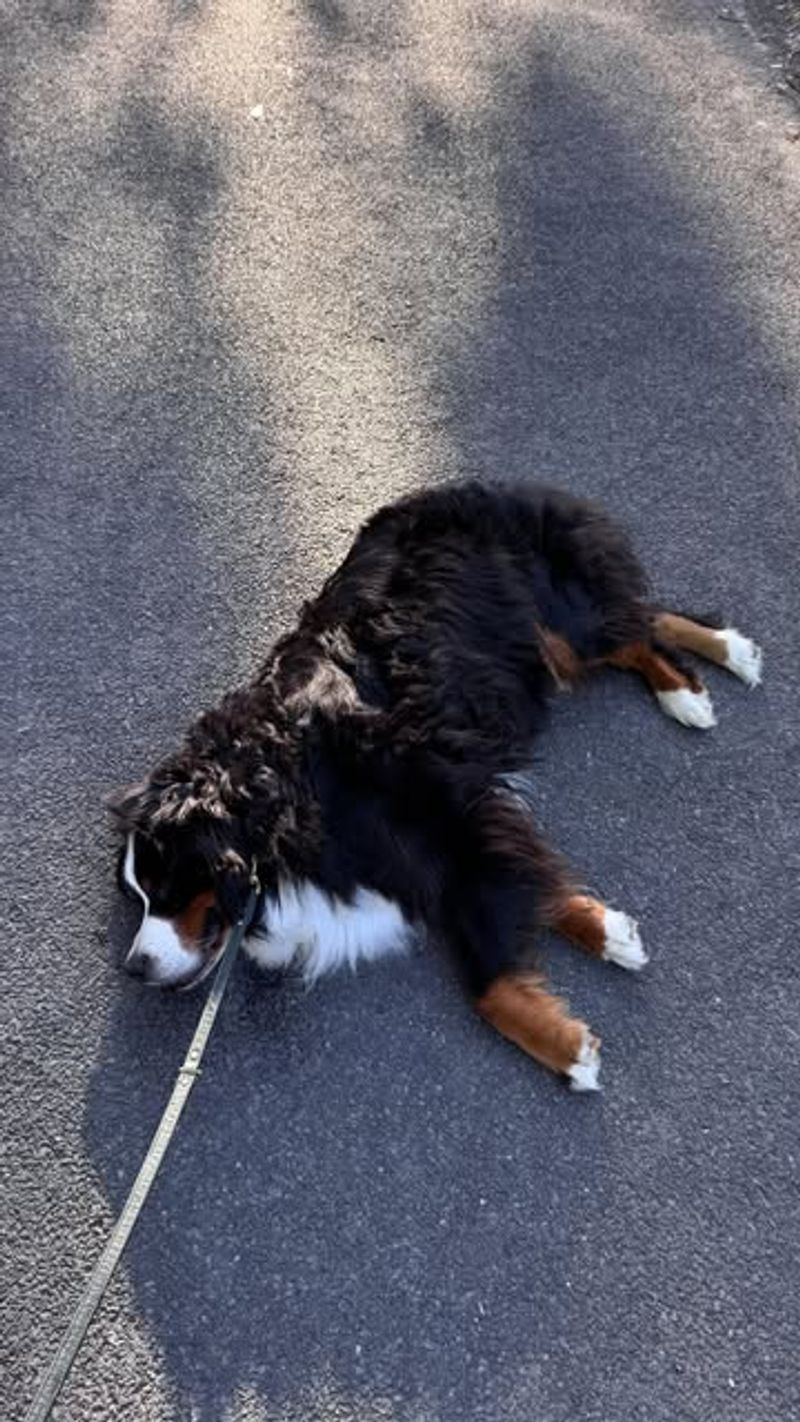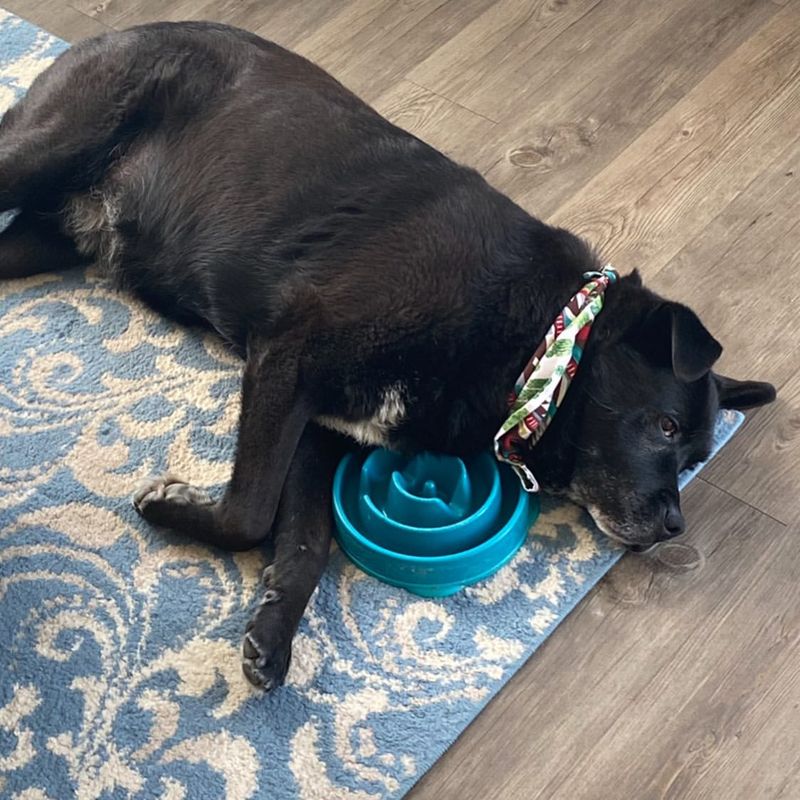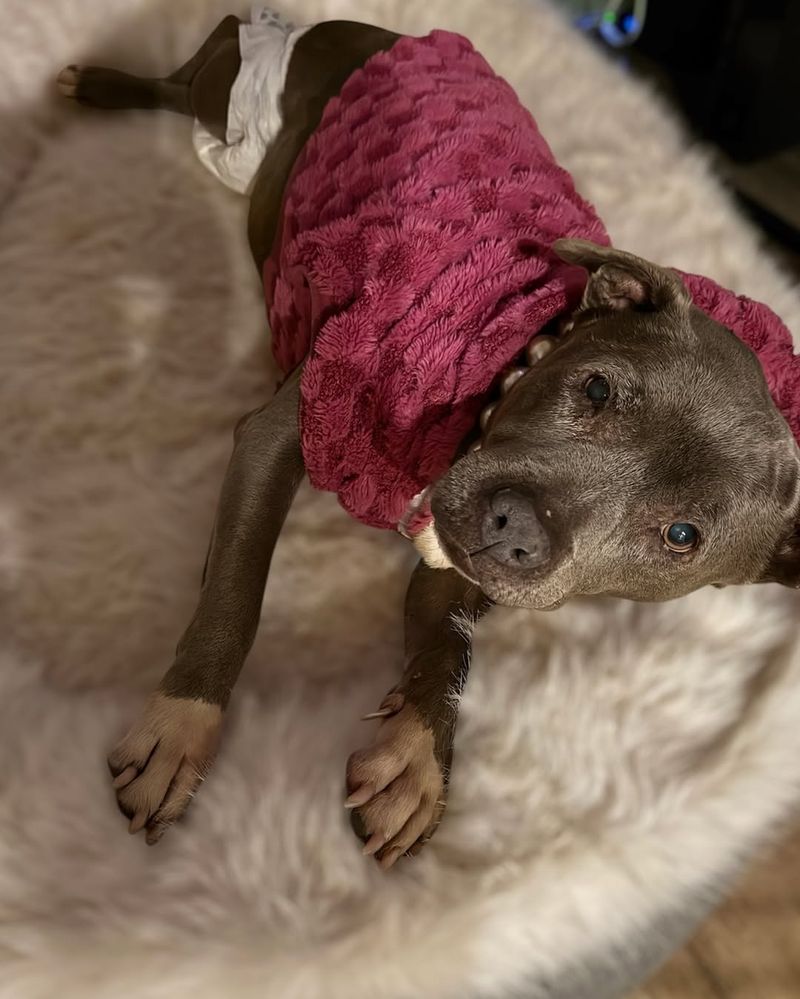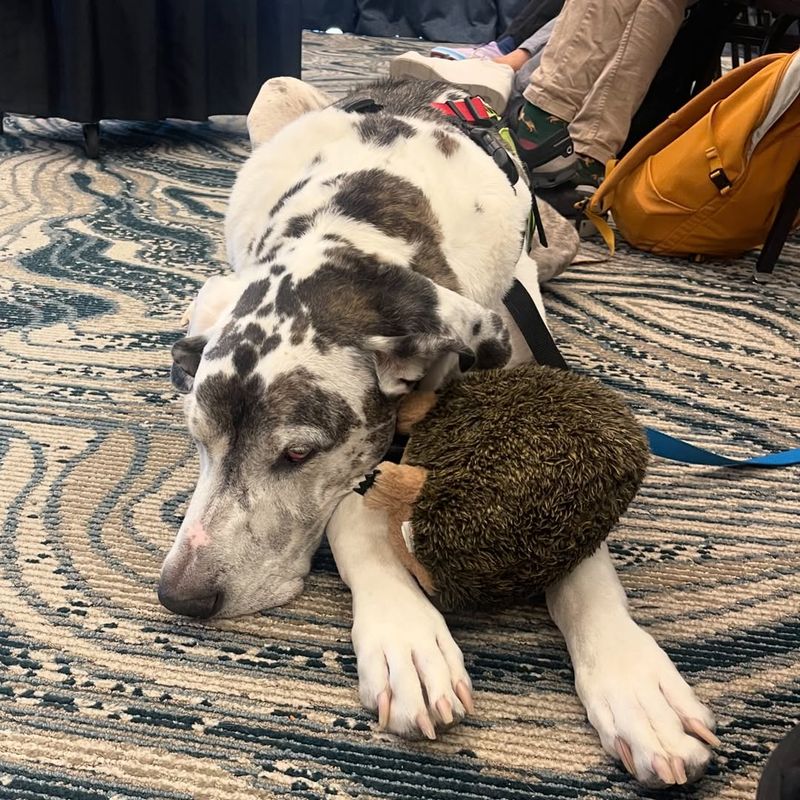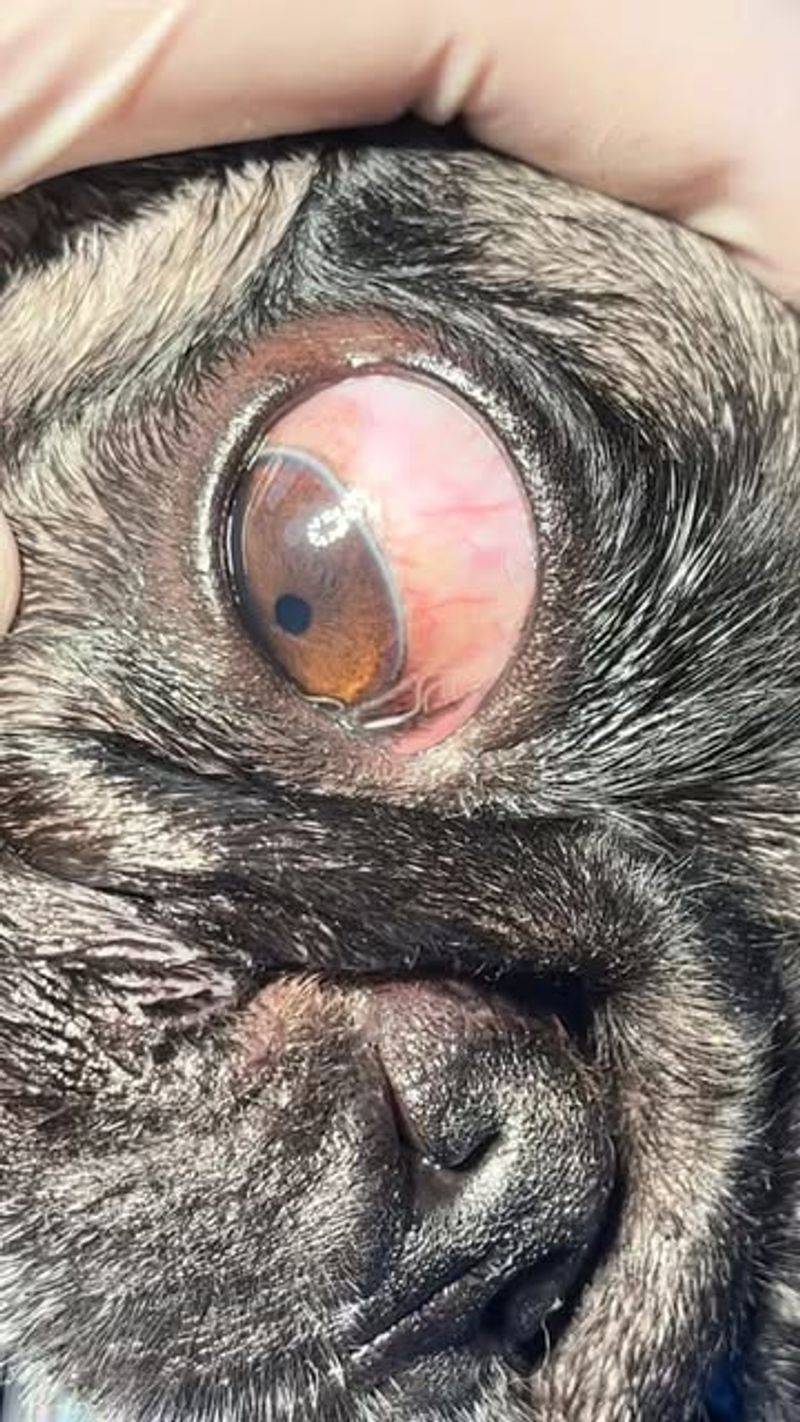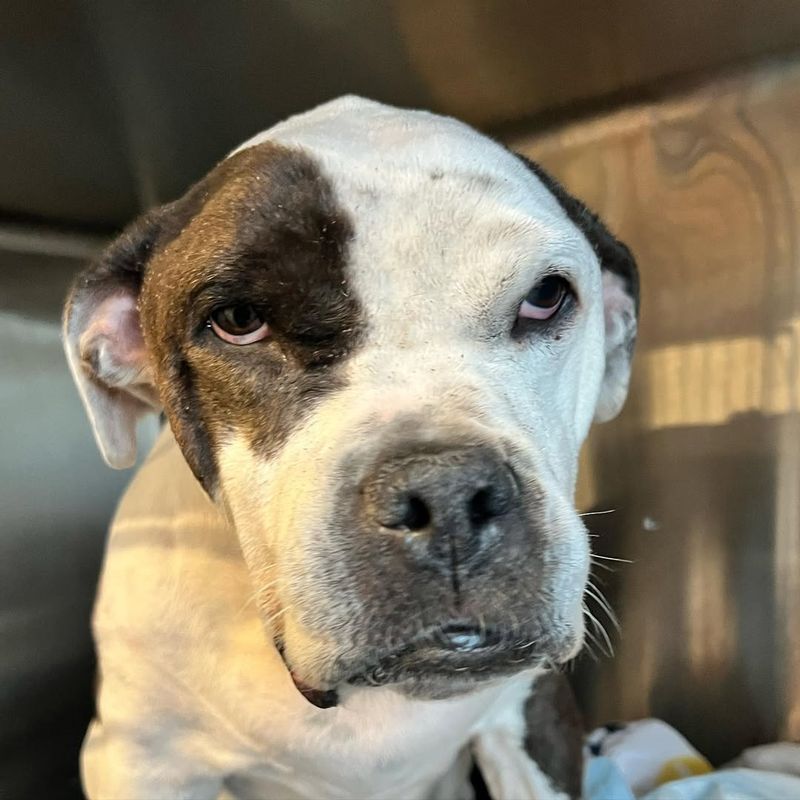Witnessing the final moments of a beloved pet’s life is an emotional experience. Dogs often exhibit unique signs when their time approaches, offering a chance to say our goodbyes. Understanding these signals can help us provide comfort and support during this difficult transition.
Decreased Appetite
As a dog’s time approaches, one of the first signs might be a decreased interest in food. They may sniff their meal but walk away without taking a bite. This lack of appetite can be distressing for owners, but it’s a natural part of the process.
You might notice your pet preferring softer foods or treats, but even these may lose their allure. It’s important to keep them comfortable and hydrated, offering small, easily digestible meals if they show interest.
Respect their changing preferences and consult your vet for guidance on maintaining comfort during this time.
Lethargy
Lethargy is a common sign that a dog may be nearing the end of their journey. You might find your once-energetic companion spending more time resting or sleeping.
This increased fatigue is a normal response as their body uses energy more sparingly. They may have less interest in play or walks, choosing instead to nap in their favorite spot.
Encourage them to rest, providing soft bedding and a quiet environment. Offering gentle companionship can be comforting, ensuring they feel loved and secure.
Loss of Interest in Activities
A once lively dog may show disinterest in activities they once loved. Toys might lay untouched, and they might ignore the doorbell signaling a walk.
This behavior reflects a shift in priorities as they conserve energy for essential functions. It’s crucial to recognize that this change isn’t a reflection of their bond with you.
Offering gentle engagement like stroking or sitting together can provide emotional comfort. It’s about quality over quantity, cherishing these quieter moments together.
Increased Sleeping
As dogs age, they often sleep more, and this can be even more pronounced when they’re near the end of life. Increased sleep helps them conserve energy and cope with discomfort.
You might notice them choosing different spots to rest, seeking warmth or quiet. This behavior is a natural part of the aging process, indicating a need for peace and comfort.
Ensure their sleeping area is cozy, and let them rest undisturbed. Being nearby in these moments can be soothing, reinforcing your companionship.
Isolation
Some dogs choose to spend time alone as they approach their final days. You might find them retreating to quiet corners or avoiding interaction.
This behavior can be their way of processing changes, seeking solace in solitude. While hard to witness, it’s important to respect their space.
Offer opportunities for closeness without intrusion. Gentle reassurance is key, letting them know you’re there if they seek comfort. Balancing their need for quiet with loving presence can be deeply supportive.
Reduced Mobility
Reduced mobility is a visible sign that a dog’s health is declining. Stiffness or reluctance to move can become noticeable, especially in navigating stairs or getting up.
These changes often indicate discomfort or pain, requiring modifications to their environment. Setting up ramps or moving their bed to accessible locations can help.
Consulting with a vet for pain management options is advisable. Providing gentle assistance during walks or using supportive harnesses can also be beneficial.
Labored Breathing
Breathing changes can indicate a dog is nearing the end of life. Labored or irregular breathing patterns may occur, signaling internal changes.
Though concerning, these signs are part of the natural process. Ensuring their resting area is calm and stress-free can help them relax.
Consult your vet for advice on making them more comfortable. Gentle monitoring during these moments can ensure they feel safe and loved.
Disorientation
Disorientation or confusion may become evident in a dog’s final days. They might seem lost in familiar settings or unsure about routine activities.
This can be unsettling to witness but is a common symptom of the aging process. Providing a stable environment with minimal changes can help ease their confusion.
Supporting them with familiar cues or gently guiding them can offer comfort. Patience and understanding are crucial, helping them navigate this challenging time.
Changes in Barking
Vocal changes may occur as a dog nears the end of their life. You might notice a softening or reduction in barking, or occasional unusual vocalizations.
These changes often reflect internal adjustments as they conserve energy and cope with discomfort.
Being attentive to these vocal cues can help you assess their needs. Offering reassurance and speaking softly can provide comfort, letting them know they’re not alone.
Unresponsive to Commands
A dog nearing the end may become unresponsive to familiar commands. This isn’t a sign of defiance but rather an indication of their waning energy and focus.
They might not react to their name or simple instructions, signaling an internal shift. Maintaining a calm and patient approach is important, offering support without pressure.
Communicate through gentle touch or presence, emphasizing love and understanding during these final days.
Weight Loss
Weight loss can be an unsettling sign as a dog’s life draws to a close. Despite reduced appetite, their body may continue to shed weight, highlighting physical decline.
This change often accompanies other symptoms like fatigue and reduced mobility. Providing high-quality, nutrient-rich food might not reverse this, but can support overall comfort.
Consulting with a vet for dietary advice ensures their nutritional needs are met as best as possible. Prioritizing their comfort and companionship during this time is most important.
Decreased Interest in Grooming
As dogs approach the end of their journey, grooming might become less appealing. They may resist brushing or cleaning, leading to a slightly unkempt appearance.
This change reflects their energy focus shifting to more vital bodily functions. Regular but gentle grooming sessions can help maintain comfort, without causing stress.
Approach grooming with patience, using soft brushes and speaking soothingly. It’s a time to bond and provide reassurance through gentle care, emphasizing love and presence.
Digestive Issues
Digestive problems may arise as a dog nears the end, including vomiting or diarrhea. These issues can reflect internal changes and require monitoring.
Offering easily digestible meals and ensuring hydration can alleviate some discomfort. Consulting with a vet for tailored advice is essential during this phase.
Providing a peaceful environment and being attentive to their needs can help them feel secure. Gentle care and patience are vital as they endure these physical changes.
Changes in Drinking Habits
You may notice a change in your dog’s drinking habits as they approach the end. Either an increased or decreased intake of water can occur, indicating internal adjustments.
Monitoring these changes is crucial to ensure they remain hydrated and comfortable. Providing fresh, accessible water and encouraging drinking can support their needs.
Consulting with your vet on maintaining hydration levels can be beneficial. Keeping their water intake balanced helps support their well-being during this time.
Incontinence
Incontinence is a common issue in aging dogs, especially in their final days. Loss of bladder or bowel control can occur, despite past training.
This is often beyond their control and should be approached with understanding and care. Using absorbent pads and ensuring clean bedding can maintain hygiene and comfort.
Consulting with a vet for management strategies is advisable. Maintaining a supportive and non-judgmental atmosphere helps preserve their dignity and comfort.
Seizures
Seizures can be alarming, signaling neurological changes in a dog’s final phase of life. Staying calm and ensuring their safety is paramount during these episodes.
Providing a safe environment with minimal obstacles can prevent injury. Consulting a vet for advice on managing seizures is crucial.
Afterward, offering comfort through gentle touch and reassurance can be soothing. Understanding and compassion play a significant role in supporting your pet during these challenging times.
Loss of Sight or Hearing
Sensory loss, such as reduced sight or hearing, often accompanies a dog’s final days. They might bump into objects or not respond to sounds, indicating these changes.
Creating a safe and familiar environment helps them navigate with confidence. Minimizing changes in their surroundings can ease their adjustment.
Using touch and familiar scents as communication tools can aid interaction. Patience and empathy bolster their security and well-being.
Unusual Odors
As a dog nears the end, an unusual odor might become noticeable. This can result from metabolic changes and should be monitored.
Maintaining hygiene through regular, gentle cleaning can mitigate discomfort for your pet. Consulting a vet if the odor becomes severe is advisable.
Offering a clean and comfortable resting area supports their well-being. Compassionate care and understanding help them feel at ease during this phase.
Eye Changes
Changes in the eyes, such as cloudiness or discharge, may occur as a dog nears the end. These alterations reflect aging and physical decline.
Regular, gentle eye cleaning can enhance comfort and prevent irritation. Consulting a vet for appropriate care strategies is beneficial.
Providing a calm environment reduces stress on their senses, helping them feel secure. Loving care and reassurance reinforce the bond during these sensitive times.
Changes in Coat Condition
A dog’s coat may change as they approach the end, appearing dull or thinning. This can result from nutritional shifts or decreased grooming interest.
Regular, gentle brushing supports comfort and circulation, enhancing their quality of life. Offering a balanced diet can contribute to their overall well-being.
Consulting a vet for advice on maintaining coat health is advisable. Your gentle care and attention during grooming sessions provide comfort and reassurance.
Swelling
Swelling in areas like the legs or abdomen can be a sign of underlying issues as a dog nears the end. This symptom requires careful monitoring and veterinary advice.
Ensuring they receive proper medical attention helps manage discomfort. Creating a supportive environment that minimizes stress and physical exertion is beneficial.
Gentle handling and reassurance during these moments reinforce their security. Professional guidance and loving presence aid in navigating this challenging time.
Restlessness
Restlessness may occur in a dog’s final days, characterized by pacing or difficulty settling. This can indicate discomfort or confusion, requiring attentive care.
Offering a calm, familiar environment can help ease their anxiety. Gentle reassurance and companionship provide emotional support during these moments.
Consulting a vet for advice on alleviating restlessness can enhance their comfort. Your understanding and patience are vital as they face these changes.
Unusual Crying or Whining
In the last stages of life, some dogs may exhibit unusual crying or whining. This vocalization can be a response to discomfort or confusion.
Staying attentive to these signals helps you assess their needs. Offering comfort through gentle touch and soothing words can provide reassurance.
Consulting with a vet for advice on managing pain or anxiety is crucial. Your compassionate presence ensures they feel loved and supported during this time.

